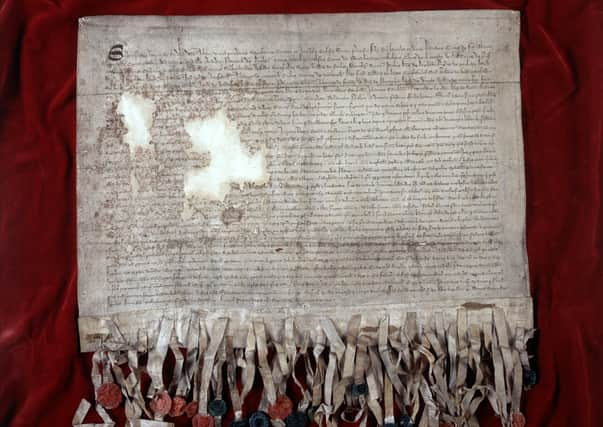Why Declaration of Arbroath is officially part of all humanity’s heritage – Angus Robertson


It’s less than a week until the 700th anniversary of the Declaration of Arbroath, which helped seal Scotland’s independence. On 6 April 1320, the declaration was signed as an appeal for international recognition for Scotland’s independence and also to acknowledge Robert the Bruce as the country’s lawful king.
Most famously the declaration asserts that “... for, as long as but a hundred of us remain alive, never will we on any conditions be brought under English rule. It is in truth not for glory, nor riches, nor honours that we are fighting, but for freedom – for that alone, which no honest man gives up but with life itself”.
Advertisement
Hide AdAdvertisement
Hide AdThe international appeal, which was penned at Arbroath Abbey, also includes the important idea that the monarch rules with consent and highlights the long-held desire for Scottish sovereignty and independence.
In 1997 a United States Senate Resolution stated that the famous American Declaration of Independence was modelled on the “inspirational document”. The Declaration of Arbroath has been made part of the ‘Memory of the World programme of the United Nation’s Educational Scientific, Cultural Organisation Unesco, which aims to safeguard the documentary heritage of humanity.
With the coronavirus crisis closing public buildings like the National Museum of Scotland, hopefully the display of the document will be continued when it reopens. Having not been on public display for 15 years, it should be available for people to see on this historic anniversary year.
